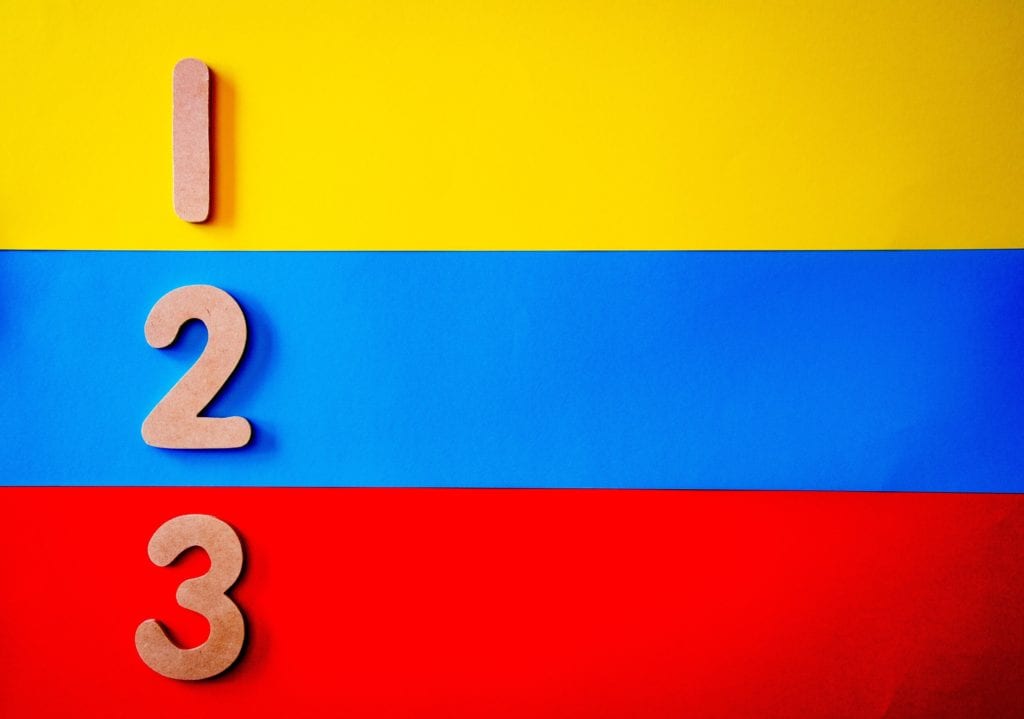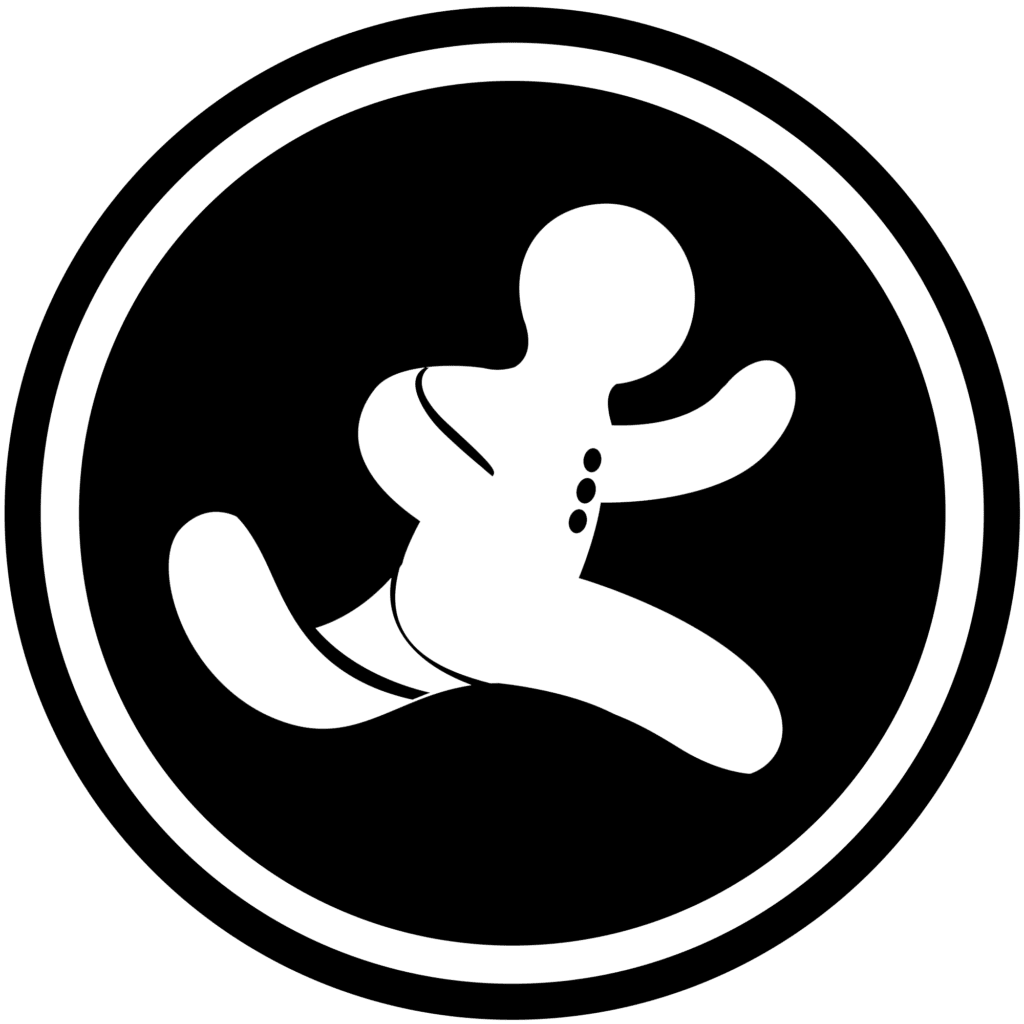
THREE MENTAL HACKS TO HELP YOU GET STARTED (AND KEEP YOU GOING)
Getting started is hard. It just is. Whether you have a lifelong dream you’ve never got off the ground or are struggling with a minor bout of procrastination, there are some simple strategies to get you going.
One of the key principles of Go Be More is to keep improving. Small steps in the right direction are an essential part of success. Even exponential results are achieved via incremental steps.
But to keep improving, we have to overcome three types of obstacles: inertia, friction, and opposing forces.
Inertia is the feeling of apathy or lack of motivation to get going. It’s the energy required to get moving. We all have a natural level of energy and activity, but our habits, our environment, and our situation can all have a big effect. To overcome inertia we need to generate energy.
Friction is anything that naturally slows us down. If you have to learn a lot, that’s friction. If you have to network, that’s friction. If you have to hold meetings, that’s friction. Anything that makes us feel like we’re being slowed down is friction.
Opposing forces are all the competing priorities, responsibilities, and commitments we have that use up our time and energy. It’s whatever is keeping you from making progress that isn’t directly tied to the project at hand. If you’re a parent, your kids are often opposing forces. That doesn’t make them bad, it just means they aren’t necessarily positive from the standpoint of your project.
Every time you ask someone why they haven’t started, you’ll get an answer that falls into one of these categories. It’s too big a challenge, they don’t have the energy, there’s too much prep work, there are too many distractions.
That’s all true. But this is also true: inertia, friction, and opposing forces will always be there. We can’t get rid of them. At a minimum we need to learn how to navigate them. At best we can use them to our advantage.
STARTING GO BE MORE
Before I get to the mental hacks, I thought I’d share a bit about Go Be More. Jon first had the idea for Go Be More in 2007. We officially launched the brand in 2019. What took so long? And just as importantly, why didn’t the idea ever die?
Jon conceived of the brand, the gingerbread man logo, and the overarching philosophy in 2007 and as far as I’m concerned, that’s when it started. He told people about the brand, his vision for it, and what he wanted it to represent. He dabbled in a few areas, commissioning an initial logo and giving away shirts to kids. He kept studying and working through the friction that comes with trying to do something new.
Around that same time he was diagnosed with kidney disease, stopped training competitively, and started working full-time and raising a family. He still wanted to start Go Be More, but life was constantly making that difficult. Go Be More barely moved forward. But it did keep moving forward. Even if progress was as small as notes on a document, ideas for a campaign, or making a connection who might be helpful when things really got going.
Meanwhile I was working for Apple and living abroad, but could see it wasn’t the right fit for me long-term. I wanted to write more and work on something related to personal development. In 2018 I reconnected with Jon—we were college roommates many moons ago—and he told me about Go Be More. I didn’t need to be convinced of the message, and it was clear my skills complemented Jon’s. I decided to help him get it off the ground.
But where to start? There was so much to do. We told our friends what we were working on and asked for advice, made progress where we could, and aimed for the simple goal of getting a logo/design that we loved and an initial website up.
We eventually met our designer, Nadine, who created the logo and website. We met MJ, our videographer, who has been making amazing videos for us. Friends and mentors gave advice on next steps and feedback on what we’d already done. We took that feedback and kept making more small steps.
Finally, in December 2019 the store went live and we made our first sale that night. It took years, but we had a business. That first sale was critical. It validated all the work that went into setting up the company and now it’s just a matter of growing our tribe, adding value to people’s lives, and making the dream come true.
We knew getting started is hard, so we relied on a few proven strategies to get from where we were (an idea) to where we are now (in business).
THREE MENTAL HACKS TO GET YOU STARTED (AND KEEP YOU GOING)
The below strategies are mental hacks. They cause you to think differently about what you are doing. They will kick your brain into gear, which will help you get your body going. Whether your project is big (starting an apparel brand) or small (starting to exercise more), these three strategies will get you started.
1. TELL SOMEONE WHAT YOU INTEND TO DO
Telling a friend what you intend to do is powerful. It’s especially powerful when you are talking about your dreams.
First and foremost, it makes the idea real. It’s easy to brush off an idea as unrealistic or unimportant. But after you tell another person, that idea exists in the world. In fact, I’d argue your goals and dreams don’t exist until you’ve told someone. As Jon always says, “Your dreams come to you for a reason. You have a responsibility to keep your dreams alive.” Telling others about them is step one.
Second, we have a deep psychological need to act consistently with the persona we present to others. When we say we will do something, it pains us not to do it. For that reason, the more people you tell, the more committed you will be to seeing it through. (Note: This can backfire on you if the right decision is to quit but you can’t do it. Be careful not to allow commitment bias to overrule good judgment.)
Third, it gives other people the opportunity to support you! They may give you encouragement, ideas, feedback or criticism. They may even help you by investing effort or resources. But if you never talk to people, you’ll never give them that opportunity. At some point you will need support. Telling people early lays that groundwork.
In our case, Jon told people for years that he would start Go Be More, and he remained committed to doing so. When we finally got more inertia going, those same people were ready to support us.
2. TAKE MICRO STEPS
One of the biggest blockers for getting started is the idea that they don’t have enough time or energy to make significant progress. Thinking this way will always hold you back.
It’s much better to adopt a mindset that any progress is good progress. So, let’s say you want to write a book. Opening up a note on your phone and writing down a few ideas doesn’t feel like progress. But it is! It is enough. Don’t tell yourself you have to write an outline or a chapter for it to be worth doing. Any progress is good progress.
I’ve had many days where the net sum of my writing is a sentence or two. Those days can be frustrating, but I choose to view them as positive. That’s two sentences I don’t have to write tomorrow. Often the struggles and micro steps on the slow days make the easy days even easier.
When we started Go Be More, we didn’t have the bandwidth or expertise to just get it done. Some days all we did was learn. Some days we just wrote down ideas. Some days we filled out forms. Progress was often hard to see. But the more we took micro steps, the more real it became and the more foundation built. We gained motivation, inspiration, and discipline. And we gradually started taking bigger steps.
If we’d never started with the small steps, we likely never would have started at all.
3. JUST GET TO ONE
We tend to think that big numbers are harder to achieve than small numbers. It’s harder to make $1 million than $1. It’s harder to get 100 clients than 1 client. It’s harder to sell 1,000 shirts than 1 shirt. It’s harder to do 100 push-ups than 1 push-up.
This is wrong. In fact, it’s the opposite.
The truth is, it’s much harder to go from Zero to One than it is to go from One to a really big number. Why? Because most of going from 1 to 100 is just copying what you already have. But getting that first one done requires overcoming unique obstacles.
Earning that first dollar requires you to create a product or service worth paying for.
Getting that first client requires convincing someone to pay you for something you’ve never done.
Selling that first shirt requires you to design and print it in the first place.
Doing that first push-up requires you to clear off the floor, get on the ground, and do it.
By focusing on just getting the first one done, you can make the challenge much simpler. You’re not making a million dollar business. You’re delighting one customer and then repeating that process over and over and over.
IT’S TIME TO GET STARTED
Getting started isn’t easy, but it’s time to do it. If you have one person to talk to or one tiny task you can do, then tell that person and do that task. There’s nothing holding you back. And remember, you’re not trying to get to the end goal. You’re trying to get to One. After that, it all gets easier.

BRYAN GREEN
Bryan Green is the co-founder, Editor, and COO of Go Be More. He can be better about sharing his goals and dreams, but he’s great at micro-steps and uses Zero to One thinking consistently. You can give him feedback at bryan◎gobemore.co or on our Facebook page.


